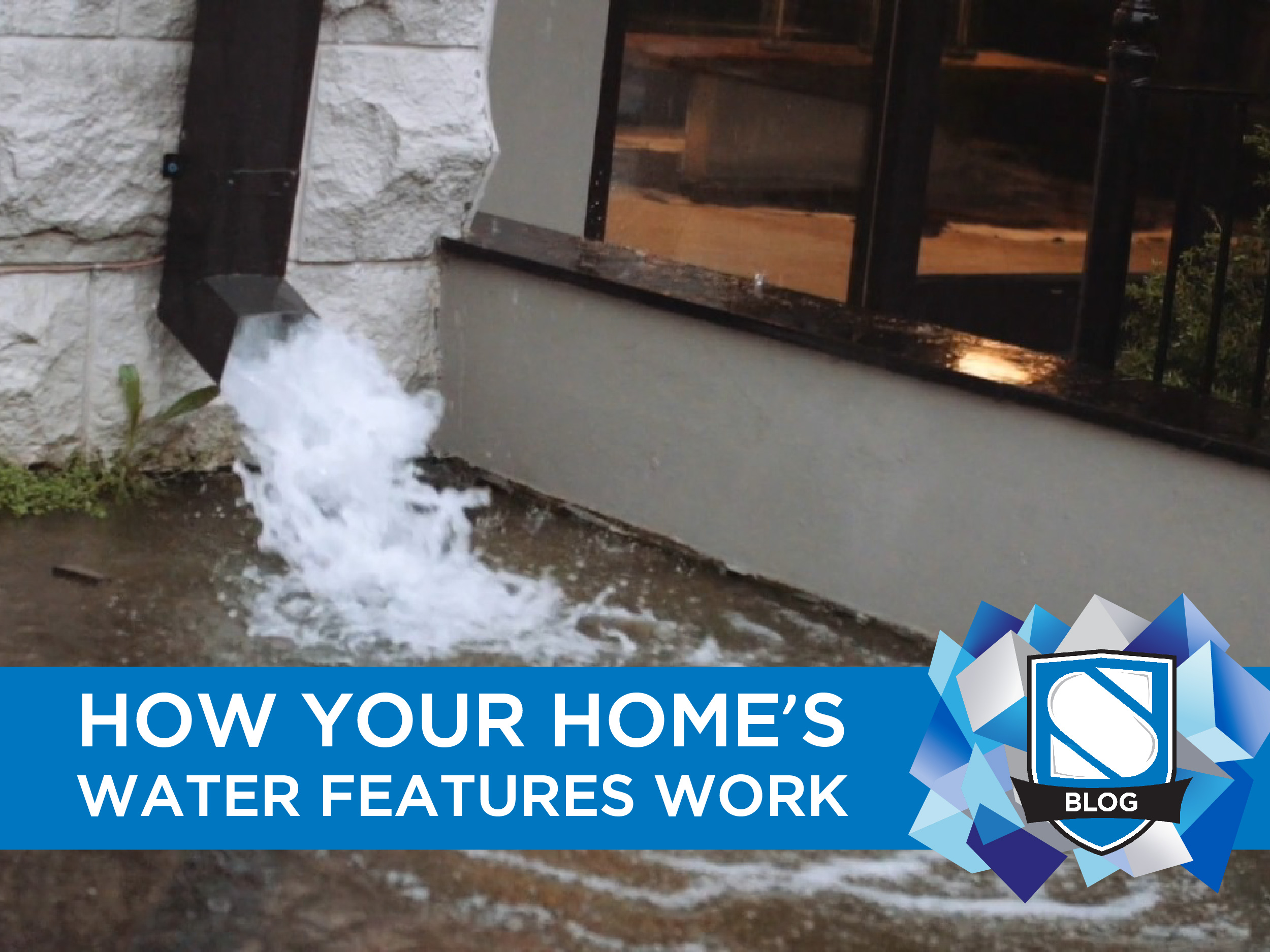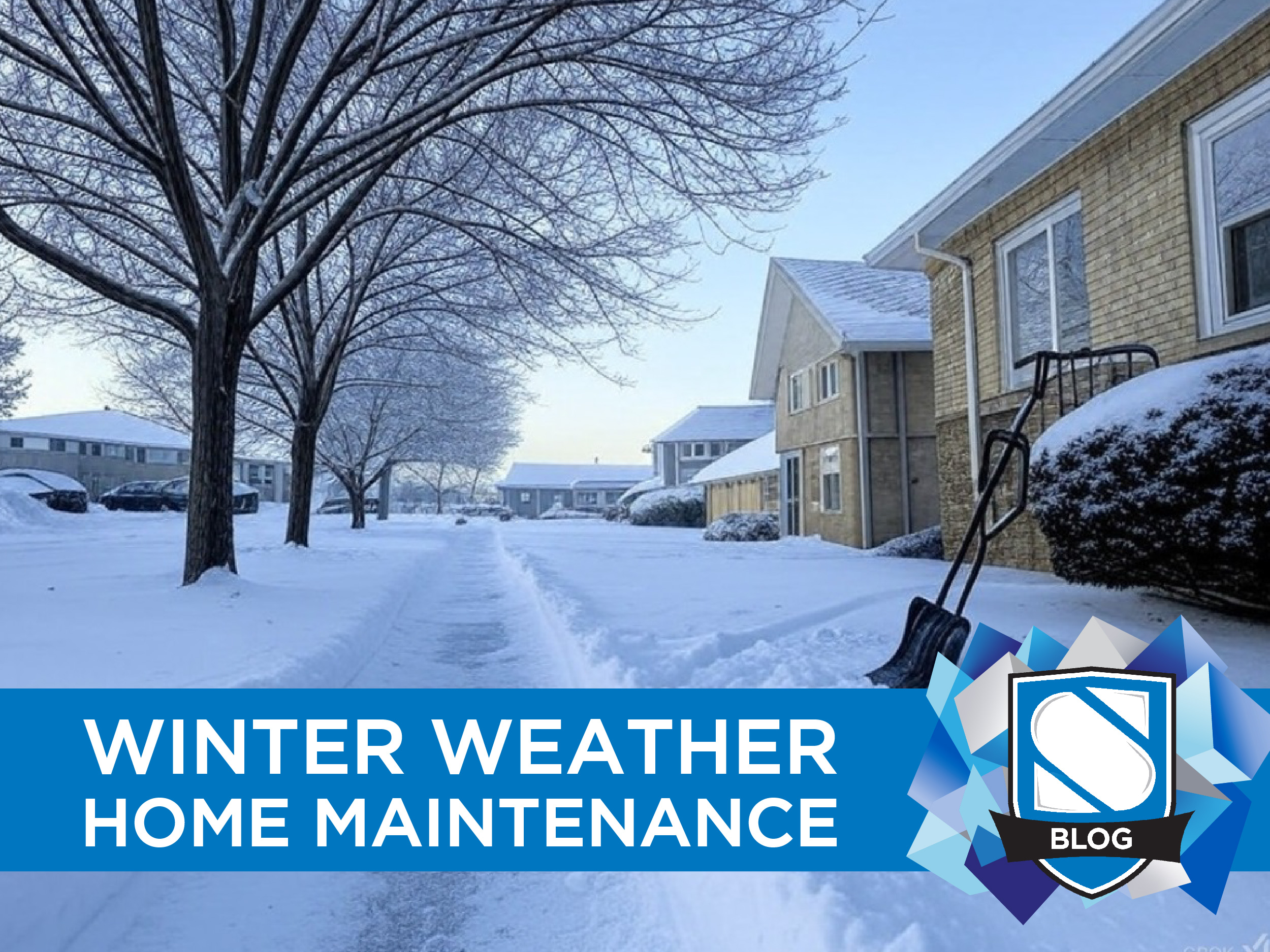Tips to keep your workplace safe during COVID-19
The most important thing to remember is the health and safety of everyone – and that begins with employees. As always, under the Occupational Health & Safety Act (OHSA) business owners and operators are required to take every reasonable precaution to protect the health and safety of workers – and operations during COVID-19 are no exception. As a reminder, from a high-level the employer requirements include:
- Ensuring workers know about hazards by providing information, instruction and supervision on how to work safely
- Ensuring supervisors know what is required to protect workers’ health and safety on the job
- Creating workplace health and safety policies and procedures
- Ensuring workplace parties follow the law and the workplace health and safety policies and procedures
- Ensuring workers wear the right protective equipment and are trained on how to use it
- Taking all precautions reasonable in the circumstances to protect workers from being hurt or getting a work-related illne

So, what is some practical advice that employers can incorporate into their daily procedures? As we know, COVID-19 has brought with it new health & safety considerations aimed to stop or slow transmission rates. The following are some safety recommendations from the Ontario Government, specific to COVID-19, employers should review to make sure they’re incorporating all of the relevant guidance:
- Workers should work from home, if possible
- Ensure all high-touch tools and surfaces are cleaned regularly
- For detailed information, refer to the Public Health Ontario guide to environmental cleaning, found here: https://www.publichealthontario.ca/-/media/documents/ncov/factsheet-covid-19-environmental-cleaning.pdf?la=en
- Create greater distance between workers, keeping a distance of at least 2 metres (approximately 2 arms lengths) from others, as much as possible.
- Reduce the number of passengers on elevators and avoid crowding in stairwells and other tight spaces
- Give workers more opportunities to keep their hands clean, for example by providing soap and water or hand sanitizer if soap is not available
- Ensure workers are using any required personal protective equipment appropriately
- Schedule breaks at different times to avoid large groups
- Remind workers returning from aboard, including the United States, they must self-isolate for 14 days and monitor themselves for symptoms, even if mild
- Remind workers to stay home if they are sick
- Hold meetings in outdoor spaces
For more information, you can find the full online resource here: https://www.ontario.ca/page/covid-19-coronavirus-and-workplace-health-and-safety
The WSPS (Workplace Safety & Prevention Services) have put together a comprehensive set of resources, print materials, and checklists to provide practical guidance to business owners and employees to navigate within the COVID-19 landscape. Here are a few examples of the resources available:
Getting Back to Work: Hierarchy of Controls (Video)
Five Ways to Create a Safe and Inclusive Workplace During The Pandemic (Article)
Here’s What To Do If A Worker Shows COVID-19 Symptoms (Article)
Sector-Specific Health & Safety Guidance
WSPS have developed over 100 technical sector-specific guidance documents:
Pandemic Preparedness Checklist (PDF)
The WSPS is a great source for businesses to get practical and distributable resources.
Sources:
– https://covid19.wsps.ca/
– https://covid19.wsps.ca/resources?audience=for-businesses-preparing-to-reopen
– https://www.wsps.ca/Information-Resources/Topics/COVID-19-Keeping-safe-during-the-pandemic.aspx
This is a new reality for everyone from owners to managers to employees and vendors to clients and guests. It will take everyone’s patience and understanding to make this work in a safe manner. Keep in mind public Health must remain the top priority and we will get through this together.
Canada Emergency Wage Subsidy (CEWS)
CEWS is a subsidy administered by the Canada Revenue Agency (CRA) designed for Canadian employers who have seen a drop in revenue due to COVID-19. Businesses may be eligible for a subsidy to cover part of employee wages (retroactive to March 15), based on certain criteria. This subsidy is designed to help businesses re-hire workers, help prevent further job losses, and ease people back into normal operations.
The CRA has published an online calculator to help businesses complete their online application forms when submitting for CEWS.
The CRA has divided the COVID-19 pandemic impact over different claim periods, as follows:
- Period 1 = March 15, 2020 to April 11, 2020
- Period 2 = April 12, 2020 to May 9, 2020
- Period 3 = May 10, 2020 to June 6, 2020
- Period 4 = June 7, 2020 to July 4, 2020
- Period 5 = July 5, 2020 to August 1, 2020
- Period 6 = August 2, 2020 to August 29, 2020
- Period 7 = August 30, 2020 to September 26, 2020
- Period 8 = September 27, 2020 to October 24, 2020
- Period 9 = October 25, 2020 to November 21, 2020
As of the time of this article, businesses are able to use the calculator for claim periods 1 to 5.
Sources:
– https://www.canada.ca/en/revenue-agency/services/subsidy/emergency-wage-subsidy/cews-calculate-subsidy-amount.html
– https://www.canada.ca/en/revenue-agency/services/subsidy/emergency-wage-subsidy/cews-who-apply.html
– https://www.canada.ca/en/revenue-agency/services/subsidy/emergency-wage-subsidy.html
Additional Resources for Businesses
- Face covering Bylaw in Waterloo Region (including printable posters): https://www.regionofwaterloo.ca/en/face-covering-by-law-for-businesses.aspx
- Questions and Answers for Small Businesses: https://www.wsps.ca/Information-Resources/Articles/Small-Business-COVID-19-Questions-Answers.aspx
- Business Pandemic Preparedness Checklist (opens PDF): https://www.wsps.ca/WSPS/media/Site/Resources/Downloads/Bsnss_Pndmc_Prprdnss_Chcklst_FINAL.pdf
- Infection Control 101 for Business (Webinar): https://www.nbins.com/infection-control-101-for-businesses/














0 Comments